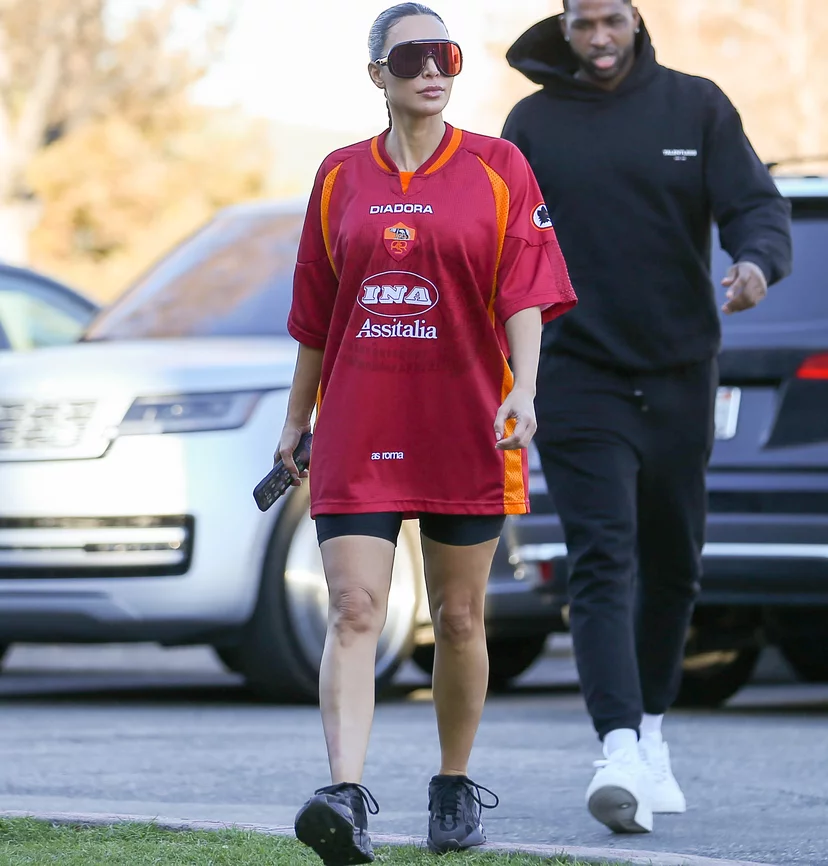Fashion has always been a reflection of the times, absorbing inspiration from the most unexpected quarters. And few amalgamations have been as surprising, yet completely fitting, as the union of soccer jerseys with haute couture.

Let's take a brief dive into the visual richness of the 1980s: While the Denmark 1986 jersey’s audacious red stripes and England's 1989-91 kaleidoscopic design hinted at the blending of these two worlds, the unmistakable mark came with Japan's 1998 keeper jersey, worn by Yoshikatsu Kawaguchi. This was more than just sportswear; it was a statement.

Beyond the confines of the football pitch and the roaring stadiums, soccer jerseys now accentuate the trendsetting collections of global fashionistas. This isn't merely a sporadic trend but a confluence of significant soccer events: the exhilaration of the 2023 FIFA Women’s World Cup, the anticipation for the 2026 World Cup co-hosted by the U.S., and the buzz around global sensation Lionel Messi's Miami move.
Prestigious catwalks, such as Balenciaga's 2023 Resort and 3.Paradis' 2024 spring/summer showcase, witnessed models draped in these jerseys, and even Kim Kardashian has shown her penchant for the style.
Soccer jerseys, once exclusively the pride of players on stadiums' pitches, have now found acclaim on fashion ramps and urban streets. An intriguing focal point in this global trend is how South Africans are uniquely styling the Kasi Flavour10's 1998 World Cup Knit Jersey.
This distinctively designed jersey has woven itself into the tapestry of South African street fashion, creating a blend of nostalgia and contemporary class. Now, let's take a look at this blend and how it is being styled across the South African fashion scene, the story unfolds: the age-old union of football and fashion, reimagined and reinvigorated for today's world.
























